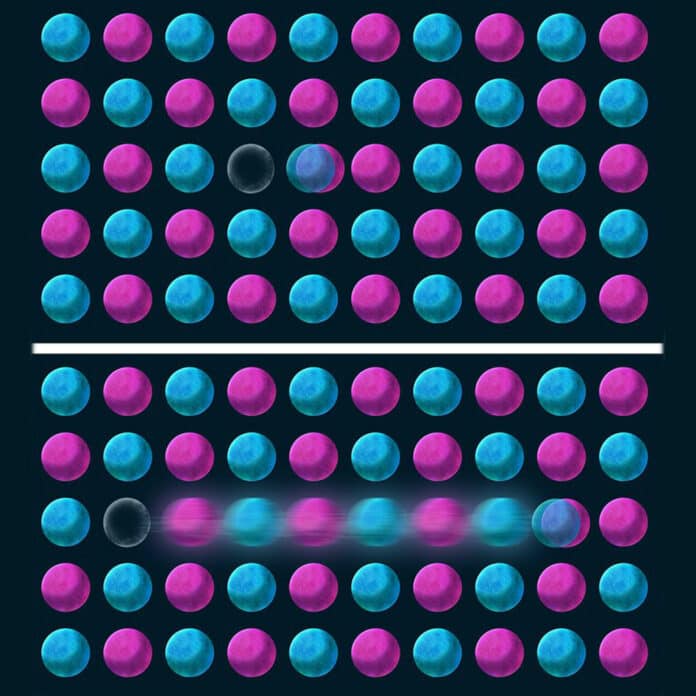Excitons are a vital part of many technologies. Usually, the exciton pairs are bound by electrical or electrostatic forces, also known as Coulomb interactions.
However, a new Caltech physicist research reports the evidence for magnetically bound excitons. Using an advanced spectroscopic probe, physicists have detected excitons that are not bound via Coulomb forces but rather by magnetism.
This is the first experiment to reveal the real-time formation of these so-called Hubbard excitons.
Study lead author Omar Mehio (PhD ’23) said, “In most insulators, oppositely charged electrons and holes interact just as an electron and a proton bind to form a hydrogen atom. However, in a special class of materials known as Mott insulators, the photo-excited electrons and holes instead bind through magnetic interactions.”
The findings might be used to create new exciton-related technologies called excitonics, which would manipulate excitons through their magnetic properties.
Mehio said, “Hubbard excitons and their magnetic binding mechanism demonstrate a drastic departure from the paradigms of traditional excitonics, creating the opportunity to develop a whole ecosystem of novel technologies that are fundamentally unavailable in conventional excitonic systems. Having excitons and magnetism strongly intertwined in a single material could lead to new technologies that harness both properties.”
The researchers used light to induce Hubbard excitons in an antiferromagnetic Mott insulator, a class of insulating material. These magnetic materials have repeated, stable patterns in which the electron spins are aligned. The light excites the electrons and jumps to neighboring atoms, creating holes in their wake.
Mehio says, “In these materials, when an electron or hole moves through the lattice, they leave a string of magnetic excitations in their wake. Imagine tying one end of an elastic rope around your friend and the other around yourself. If your friend runs away from you, you will feel the rope pull you in that direction, and you will begin to follow. This scenario is analogous to what happens between a photo-excited electron and the hole it leaves behind in a Mott insulator. With Hubbard excitons, the string of magnetic excitations between the pair serves the same role as the rope connecting you to your friend.”
The scientists utilized ultrafast time-domain terahertz spectroscopy, which allowed them to search for the fleeting traces of the excitons at very low-energy scales to prove the existence of the Hubbard excitons.
David Hsieh, the Donald A. Glaser Professor of Physics at Caltech, said, “Excitons are unstable because the electrons want to go back into the holes. We have a way of probing the short time window before this recombination occurs, which allowed us to see that a fluid of Hubbard excitons is transiently stabilized.”
Journal Reference:
- Mehio, O., Li, X., Ning, H. et al. A Hubbard exciton fluid in a photo-doped antiferromagnetic Mott insulator. Nat. Phys. (2023). DOI: 10.1038/s41567-023-02204-2
